

Losing belly fat can sometimes be a challenging and frustrating process, but with these 10 simple steps, you’ll be on your way to achieving a flatter stomach in no time. From making dietary changes to incorporating regular exercise into your routine, this article will guide you through practical and effective methods that will help you shed those unwanted pounds around your midsection.
So, get ready to say goodbye to belly fat and hello to a healthier, more confident you!
Losing belly fat is more than just about looking good in a swimsuit or fitting into your favorite pair of jeans. It is important for your overall health and well-being.
Belly fat, also known as visceral fat, is found deep in the abdominal cavity and surrounds vital organs such as the liver, pancreas, and intestines. Understanding the risks associated with belly fat can motivate you to embark on a journey towards a healthier you.
Having excess belly fat is not just a cosmetic concern; it poses significant health risks as well.
Studies have shown that belly fat is associated with an increased risk of developing conditions such as type 2 diabetes, heart disease, high blood pressure, and certain cancers. Moreover, belly fat is metabolically active and releases hormones and inflammatory substances that can negatively impact various bodily functions. By reducing belly fat, you can lower the risk of these conditions and improve your overall health.
Losing belly fat can lead to a multitude of benefits for your body and mind. Not only will you feel more confident in your appearance, but you will also experience improved energy levels and better sleep quality.
Losing belly fat can boost your metabolism and enhance insulin sensitivity, making it easier to maintain a healthy weight and prevent chronic diseases. Additionally, shedding excess belly fat can improve digestion, reduce inflammation, and alleviate discomfort. It’s time to prioritize your health and make losing belly fat a top priority.
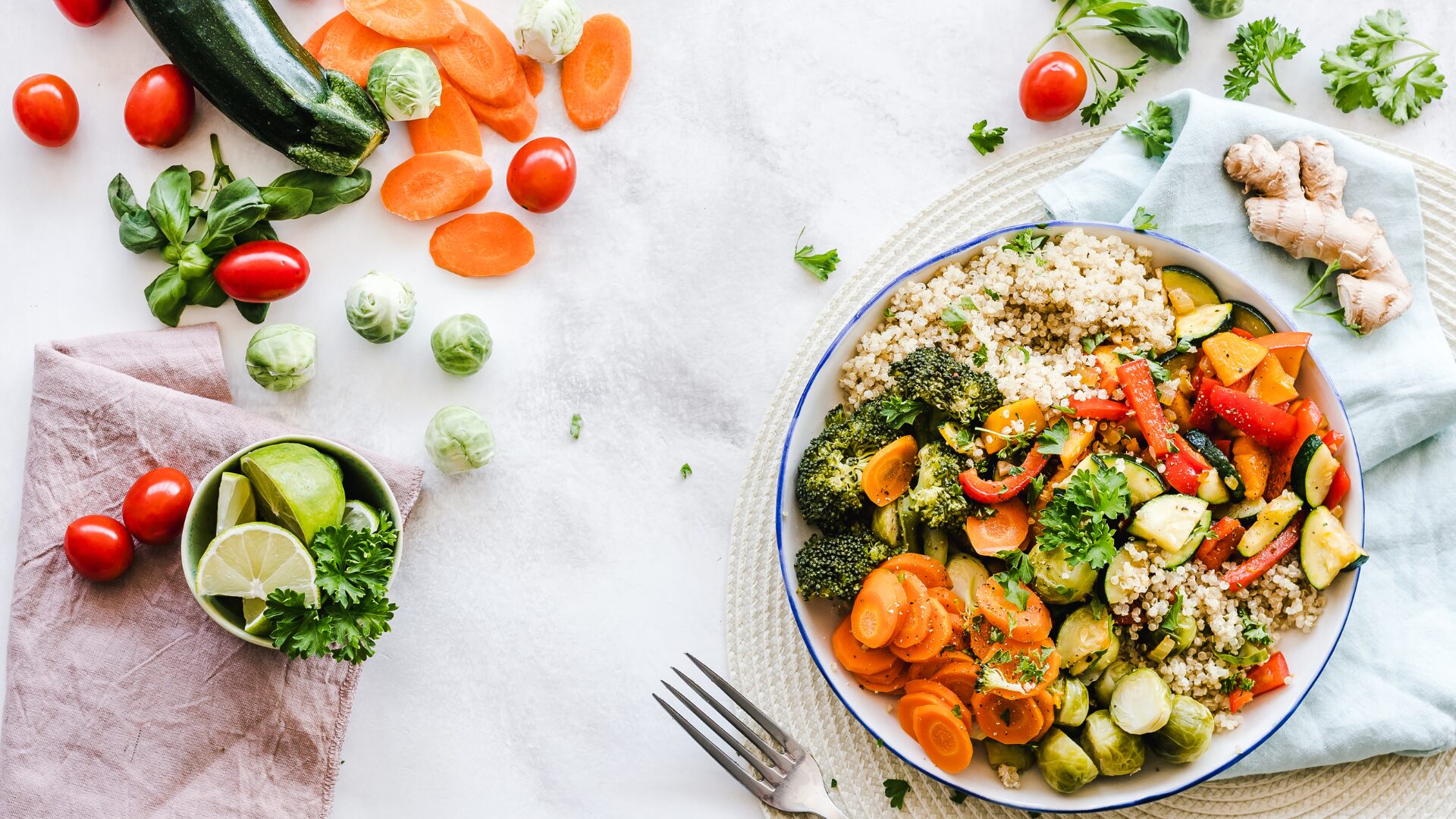
Maintaining a healthy diet is essential for losing belly fat and achieving a toned midsection. By making mindful food choices, you can provide your body with the nutrients it needs while eliminating foods that contribute to belly fat storage.
A balanced diet is key to losing belly fat and promoting overall health. It involves consuming a variety of foods from different food groups, including fruits, vegetables, whole grains, lean proteins, and healthy fats. A balanced diet provides the necessary vitamins, minerals, and antioxidants to support optimal bodily functions and reduce the accumulation of belly fat.
When it comes to losing belly fat, opting for whole foods is crucial. Whole foods are natural and unprocessed, ensuring that you get the maximum nutritional value from your meals. Processed foods, on the other hand, are often high in added sugars, unhealthy fats, and sodium, which can contribute to weight gain and belly fat. By choosing whole foods such as fruits, vegetables, whole grains, and lean proteins, you can nourish your body with essential nutrients and promote a healthier weight.
Including lean proteins in your diet plays a significant role in losing belly fat. Proteins are essential for building and repairing tissues, and they also help to keep you feeling full and satisfied. Opt for lean sources of protein such as skinless chicken breast, fish, tofu, and legumes. These protein-rich foods not only contribute to muscle growth and repair but also boost your metabolism, helping to reduce belly fat effectively.
Contrary to popular belief, not all fats are bad for you. Healthy fats, such as those found in avocados, nuts, seeds, and olive oil, are actually beneficial for your body. These fats provide essential fatty acids that support brain health, hormone production, and cell function. Including healthy fats in your diet can also help you feel satiated and reduce cravings for unhealthy foods, contributing to belly fat reduction.
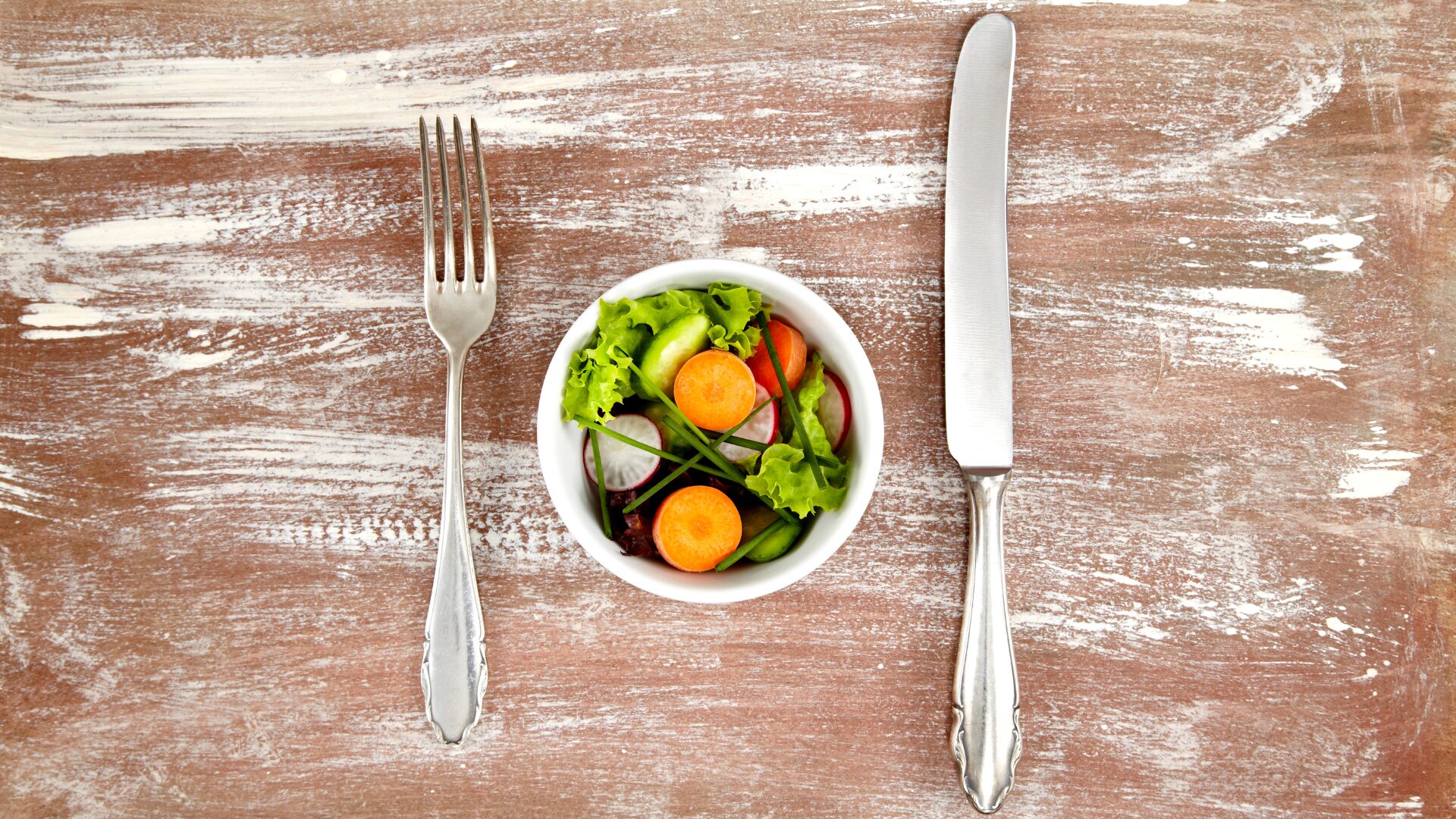
Craving a refreshing frozen drink or a creamy milkshake? The Hamilton Beach Power Elite Wave Action Blender has got you covered. The powerful motor and Ice Sabre blades can easily crush ice and blend frozen ingredients, allowing you to enjoy icy treats in no time.
Understanding appropriate serving sizes is essential for portion control. Many people underestimate the amount of food they consume, leading to overeating and weight gain. Familiarize yourself with serving sizes by referring to food labels or using portion control tools, such as measuring cups and food scales. By knowing the recommended serving sizes, you can control your portions and prevent excess calorie consumption.
An effective way to practice portion control is by using smaller plates and bowls. By doing so, you create the illusion of a full plate while consuming fewer calories. Research has shown that using smaller plates can lead to a reduction in portion sizes and calorie intake, ultimately aiding in belly fat loss. So, swap out those large dinner plates with smaller ones to trick your brain into feeling satisfied with less food.
While it may be tempting to go for seconds, avoiding second helpings is crucial for losing belly fat. It is easy to get into the habit of automatically serving yourself more food, even if you’re not hungry anymore. Before going for that second helping, pause and assess whether you are truly hungry or simply eating out of habit or cravings. Opting for one serving and listening to your body’s signals of fullness can help you cut back on excess calories and promote a trimmer waistline.
Mindful eating is an approach that involves paying attention to the present moment while eating, without distractions. By practicing mindful eating, you can develop a healthier relationship with food and avoid mindless overeating. Take the time to savor the flavors and textures of your meals, chew slowly, and listen to your body’s hunger and fullness cues. By eating mindfully, you are more likely to eat appropriate portions and make conscious choices that support your goal of losing belly fat.
While a healthy diet is crucial for losing belly fat, regular exercise is equally important. Engaging in physical activity helps to burn calories, build muscle, and boost your metabolism.
Regular physical activity is instrumental in losing belly fat and achieving a toned midsection. Exercise not only burns calories but also helps to build lean muscle, which increases your basal metabolic rate. This means that even when you’re at rest, your body will be burning more calories. Additionally, exercise releases endorphins, which are feel-good hormones that can reduce stress levels and promote a positive mindset.
Cardiovascular exercises, also known as aerobic exercises, are effective for burning calories and reducing overall body fat, including belly fat. Engage in activities such as brisk walking, running, cycling, swimming, or dancing. Aim for at least 150 minutes of moderate-intensity cardio exercises each week, or 75 minutes of vigorous-intensity cardio exercises. Consistency is key when it comes to cardiovascular exercises, so find activities you enjoy and make them a regular part of your routine.
Strength training is essential for losing belly fat and sculpting your midsection. By building lean muscle mass, you can increase your metabolism and continue burning calories even after your workout. Incorporate resistance exercises such as weightlifting, bodyweight exercises, or using resistance bands into your fitness routine. Aim for two to three strength training sessions per week, targeting all major muscle groups. As you build muscle, you’ll notice a toned and more defined abdominal area.
High-intensity interval training (HIIT) is a popular and effective method for losing belly fat. HIIT involves alternating periods of intense exercise with short recovery periods. It helps to boost your metabolism and burn calories both during and after your workout. HIIT workouts can be tailored to various fitness levels and can include exercises such as sprinting, burpees, jump squats, or mountain climbers. Incorporating HIIT workouts into your routine can maximize fat burning and accelerate your progress towards a flatter belly.
While spot reduction is not possible, targeting your abdominal muscles through specific exercises can help strengthen and tone them, contributing to a firmer midsection.
Before diving into specific exercises, it’s important to understand the different abdominal muscles and their roles. The rectus abdominis is the muscle responsible for the “six-pack” appearance. The obliques, on the other hand, are located on the sides of your waist and help stabilize your core. Lastly, the transverse abdominis is a deep muscle that supports your spine and provides stability.
Crunches and sit-ups are classic exercises that target your rectus abdominis muscles. To perform a basic crunch, lie on your back with your knees bent and feet flat on the ground. Place your hands behind your head and lift your upper body towards your knees, while keeping your lower back pressed into the floor. For sit-ups, start in the same position but lift your entire upper body off the ground by engaging your core and using your abdominal muscles. Remember to exhale as you lift up and inhale as you lower back down.
Plank exercises are excellent for targeting multiple abdominal muscles, including the rectus abdominis, obliques, and transverse abdominis. To perform a plank, start in a push-up position with your hands directly under your shoulders and your body in a straight line. Engage your core, squeeze your glutes, and hold the position for as long as you can while maintaining proper form. Start with shorter durations and gradually increase the time as you build strength. You can also add variations such as side planks or plank rotations to further challenge your core muscles.
Leg raises and bicycle crunches are effective exercises for engaging the lower abdominal muscles and obliques. To perform leg raises, lie flat on your back with your hands by your sides. Lift your legs off the ground while keeping them straight, raising them towards the ceiling. Slowly lower them back down to the starting position. For bicycle crunches, lie on your back and bring your knees towards your chest. Place your hands behind your head and perform a twisting motion, bringing your opposite elbow towards your knee as you extend the other leg. Alternate sides in a fluid motion, resembling a pedaling motion.
Stress can contribute to the accumulation of belly fat by triggering the release of cortisol, a stress hormone that promotes fat storage. By implementing stress reduction techniques into your daily routine, you can effectively manage stress and support belly fat loss.
When your body experiences stress, it produces cortisol, which can lead to an increase in appetite and cravings for unhealthy, high-calorie foods. Additionally, cortisol promotes the storage of fat in the abdominal area, leading to increased belly fat. By reducing stress levels, you can mitigate the negative effects on your waistline and overall health.
There are various stress reduction techniques that you can incorporate into your daily routine to reduce stress levels. Practice deep breathing exercises, such as diaphragmatic breathing or meditation, to activate the relaxation response in your body. Engage in activities that you enjoy, such as listening to music, gardening, or spending time with loved ones. Find healthy outlets to express and manage your emotions, such as journaling or seeking support from a therapist. By proactively managing stress, you can create a more balanced and harmonious environment for your body to thrive.
Mindfulness and meditation are powerful practices that can help reduce stress and support belly fat loss. By focusing your attention on the present moment and cultivating a non-judgmental awareness, you can calm your mind and reduce stress levels. Dedicate a few minutes each day to sit in a quiet space and engage in mindfulness meditation. Close your eyes, focus on your breath, and let go of any distracting thoughts. With consistent practice, you can develop a sense of inner peace and reduce stress-related belly fat.
Engaging in hobbies and relaxation activities can provide an outlet for stress and contribute to overall well-being. Find activities that you enjoy and make time for them regularly. Whether it’s reading a book, taking a bath, practicing yoga, or going for a walk in nature, prioritizing self-care and relaxation can help you unwind and reduce stress levels. By cultivating a positive and balanced lifestyle, you can support your body’s natural ability to lose belly fat.
Getting enough quality sleep is crucial for losing belly fat and maintaining overall health. Sleep deprivation can disrupt hormonal balance, increase appetite, and hinder weight loss efforts. Prioritizing sleep hygiene is a valuable component of any belly fat loss journey.
During sleep, your body repairs and regenerates itself. Quality sleep plays a crucial role in regulating hormones that control hunger and fullness, such as ghrelin and leptin. Lack of sleep can lead to an increase in ghrelin levels, which stimulates appetite, while reducing leptin levels, which signals fullness. This hormonal imbalance can lead to overeating and weight gain, particularly in the abdominal region. By prioritizing quality sleep, you can support your body’s natural ability to regulate weight and reduce belly fat.
Establishing a regular sleep schedule can help optimize your sleep quality and regulate your body’s internal clock. Aim to go to bed and wake up at the same time every day, including weekends. Consistency in your sleep routine can help improve sleep efficiency and promote a deeper and more restorative sleep. Create a relaxing bedtime routine that signals to your body that it’s time to wind down, such as reading a book, taking a warm bath, or practicing relaxation techniques. By prioritizing a regular sleep schedule, you can create a conducive environment for belly fat loss.
A comfortable sleep environment is essential for quality sleep. Ensure your bedroom is cool, dark, and quiet. Invest in a supportive mattress and pillows that suit your preferences. Consider using blackout curtains or an eye mask to block out any light that may disrupt your sleep. Reduce noise disturbances by using earplugs or a white noise machine. By optimizing your sleep environment, you can promote a restful and uninterrupted sleep, supporting your belly fat loss goals.
Engaging in stimulating activities before bed can interfere with your ability to sleep well. Avoid consuming caffeine, nicotine, or alcohol close to bedtime, as they can disrupt your sleep patterns. Limit exposure to electronic devices, such as smartphones, tablets, or computers, in the evening. The blue light emitted by these devices can suppress the production of melatonin, a hormone that regulates sleep. Instead, opt for relaxing activities, such as reading a book, listening to calming music, or practicing gentle stretches. By avoiding stimulating activities before bed, you can prepare your body and mind for a restful night’s sleep.
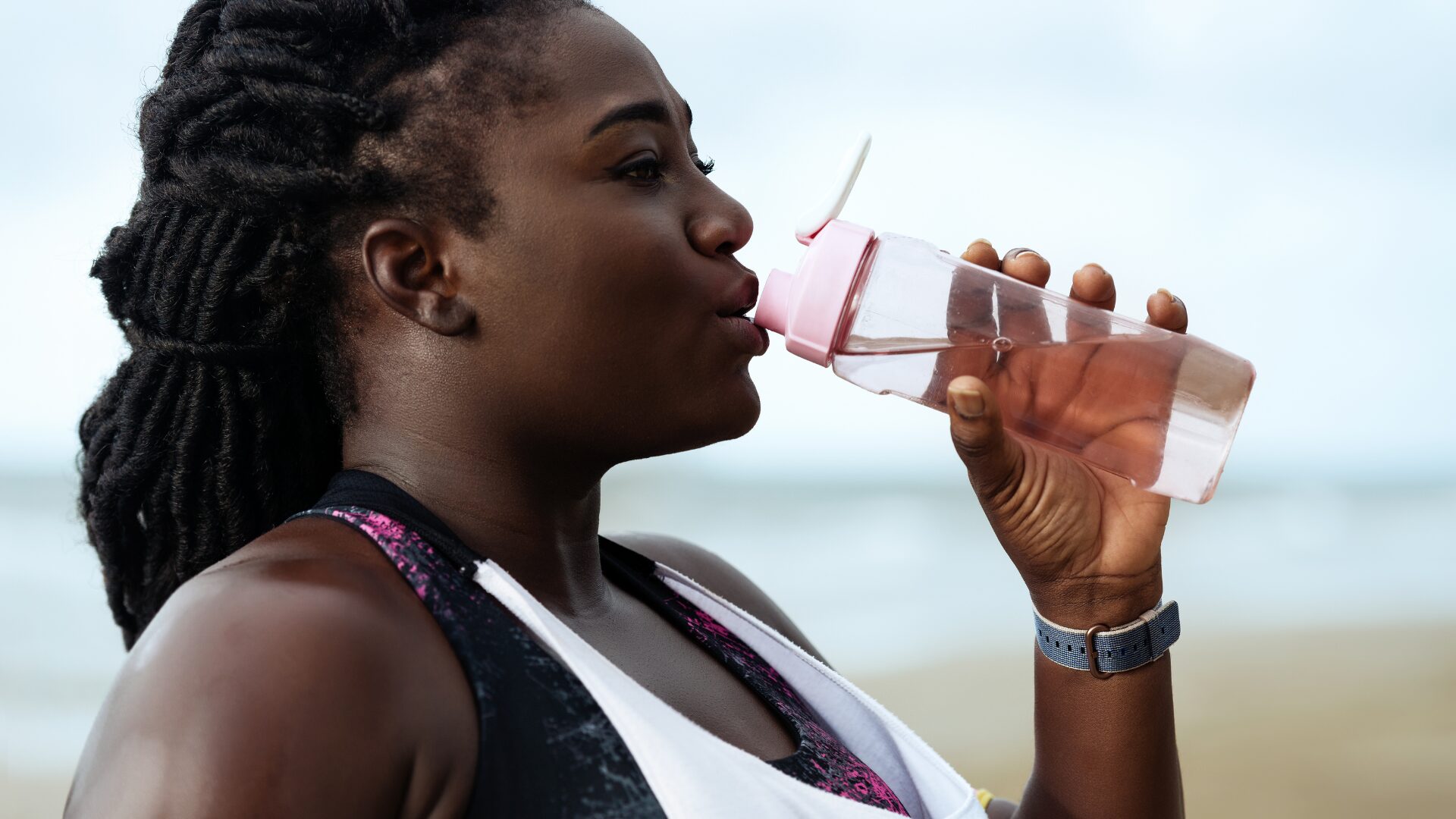
Staying adequately hydrated is often overlooked but plays a vital role in losing belly fat and maintaining overall health. By prioritizing hydration, you support various bodily functions and optimize your weight loss efforts.
Drinking enough water has numerous benefits for your body, including aiding digestion, regulating body temperature, and facilitating the elimination of waste products. Proper hydration supports optimal metabolism, which can enhance your body’s ability to burn calories and reduce belly fat. Water also acts as a natural appetite suppressant, helping you feel full and reducing the likelihood of overeating.
While water needs may vary based on individual factors such as activity level and climate, a general guideline is to aim for at least eight cups (64 ounces) of water per day. However, the more active you are, the more water you may need to compensate for fluid loss through sweat. Set a daily water intake goal and track your progress by using a water bottle or a hydration app. Having a visible reminder can help you stay consistent with your hydration habits and support belly fat loss.
In addition to plain water, incorporating herbal teas and infused water can add flavor and variety to your hydration routine. Herbal teas, such as peppermint, chamomile, or green tea, not only provide hydration but also offer additional health benefits. These teas can aid digestion, reduce inflammation, and boost metabolism, contributing to belly fat loss. Infused water with slices of fruits, vegetables, or herbs can also provide a refreshing and flavorful way to stay hydrated. Experiment with combinations like cucumber and mint, lemon and ginger, or strawberries and basil to make hydrating an enjoyable experience.
When hydrating, it is crucial to be mindful of the beverages you consume. Sugary and carbonated beverages can be high in empty calories, leading to weight gain, including increased belly fat. Replace sugary drinks such as soda, sports drinks, or energy drinks with healthier alternatives like water, herbal tea, or naturally flavored sparkling water. By reducing your intake of sugary and carbonated beverages, you can decrease your overall calorie consumption and support your belly fat loss goals.
Excessive sugar intake is strongly linked to the accumulation of belly fat and various health problems. By reducing your consumption of sugary foods and drinks, you can make significant strides towards losing belly fat and improving your overall health.
When you consume excess sugar, your body converts it into glycogen for immediate energy. However, if you consume more sugar than your body needs, it stores the excess as fat, typically in the abdominal region. This can result in the buildup of belly fat and increase the risk of developing obesity-related diseases. By minimizing your intake of sugary foods and drinks, you can create a healthier environment for your body and promote belly fat loss.
Sugar can hide in many processed foods and drinks, even those that don’t taste particularly sweet. Common hidden sources of sugar include condiments, salad dressings, flavored yogurts, cereals, and granola bars. Familiarize yourself with reading food labels and ingredient lists to identify hidden sugars. Look out for terms such as sucrose, high-fructose corn syrup, fructose, maltose, and dextrose. By becoming a conscious consumer, you can make informed decisions and reduce your overall sugar intake.
Instead of reaching for sugary treats, opt for healthier alternatives that satisfy your sweet tooth without the negative impact on belly fat. Choose natural sweeteners such as honey, maple syrup, or stevia in moderation. Incorporate naturally sweet foods like fruits, which provide essential vitamins, minerals, and fiber along with their natural sugars. Experiment with healthy dessert options, such as chia seed pudding, Greek yogurt with berries, or homemade energy balls using dates and nuts. By making healthier choices, you can enjoy the occasional sweet treat while supporting your belly fat loss journey.
Reading food labels is essential to identify hidden sugars and make informed choices about the foods you consume. Ingredients are listed in descending order by weight, so if sugar is one of the first few ingredients, it means the product contains a significant amount of added sugar. Be wary of products with multiple sources of sugar listed within the first few ingredients. Additionally, check the Nutrition Facts panel for the total grams of sugar per serving. By reading food labels and being aware of hidden sugars, you can make educated decisions and reduce your overall sugar intake.
While implementing lifestyle changes on your own can be effective for losing belly fat, seeking professional guidance can provide additional support and expertise.
A registered dietitian is a valuable resource when it comes to personalized nutrition guidance and losing belly fat. They can assess your individual needs, preferences, and health status to provide tailored recommendations. A dietitian can help you create a balanced meal plan, offer portion control strategies, and address any specific dietary concerns or restrictions you may have. Working with a registered dietitian can provide the knowledge and accountability necessary to reach your belly fat loss goals.
If you’re new to exercising or looking to take your fitness routine to the next level, seeking advice from a personal trainer can be beneficial. A personal trainer can assess your fitness level, design a customized exercise program, and provide proper form and technique guidance. They can help you target specific areas, such as your abdominal muscles, and ensure you are using proper techniques to maximize your efforts. With their expertise, a personal trainer can help you create an effective exercise routine that supports belly fat loss and overall fitness.
In some cases, medical intervention may be necessary to assist with losing belly fat. If you have a significant amount of belly fat or underlying health conditions, consulting with a healthcare professional is essential. They can assess your overall health, provide further recommendations, and determine if additional treatments or therapies are necessary. Medical interventions, such as weight-loss medications or bariatric surgery, may be considered in certain circumstances. Always consult a healthcare professional before considering any medical intervention for losing belly fat.
In conclusion, losing belly fat is crucial for your health and well-being. By understanding the risks associated with belly fat and implementing a comprehensive approach that includes healthy diet choices, portion control, regular exercise, targeted ab exercises, stress reduction, adequate sleep, hydration, avoiding sugary foods and drinks, and seeking professional guidance when necessary, you can achieve a trimmer waistline and improve your overall health. Remember, consistency and commitment are key, and the journey to losing belly fat is a marathon, not a sprint.

This easy vegan chili is packed with protein-rich beans, veggies, and bold spices. Perfect for a cozy, healthy, one-pot meal. Gluten-free, dairy-free, and meal-prep friendly!

Want to build strong, toned thighs and boost your confidence? Discover this low-impact, high-result leg workout plan designed for women. Perfect for all fitness levels!

Try these Spicy Tuna Poke Nachos for a bold, healthy twist on your favorite appetizer! Packed with protein, omega-3s, and fresh toppings, it’s the perfect fusion of crunch and spice.
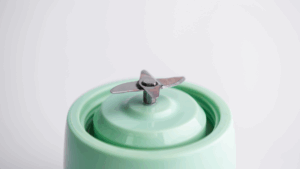
Discover the best portable blenders and meal prep tools perfect for busy women. Blend smoothies, prep meals, and stay on track with your wellness goals—anytime, anywhere.

Start your day with this nutritious and delicious Avocado Toast with Poached Egg. Packed with healthy fats, protein, and fiber, it’s the perfect balanced breakfast or brunch.
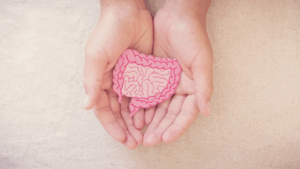
Discover the most common signs of poor gut health in women, how they impact your overall well-being, and what steps you can take to restore balance and feel your best.